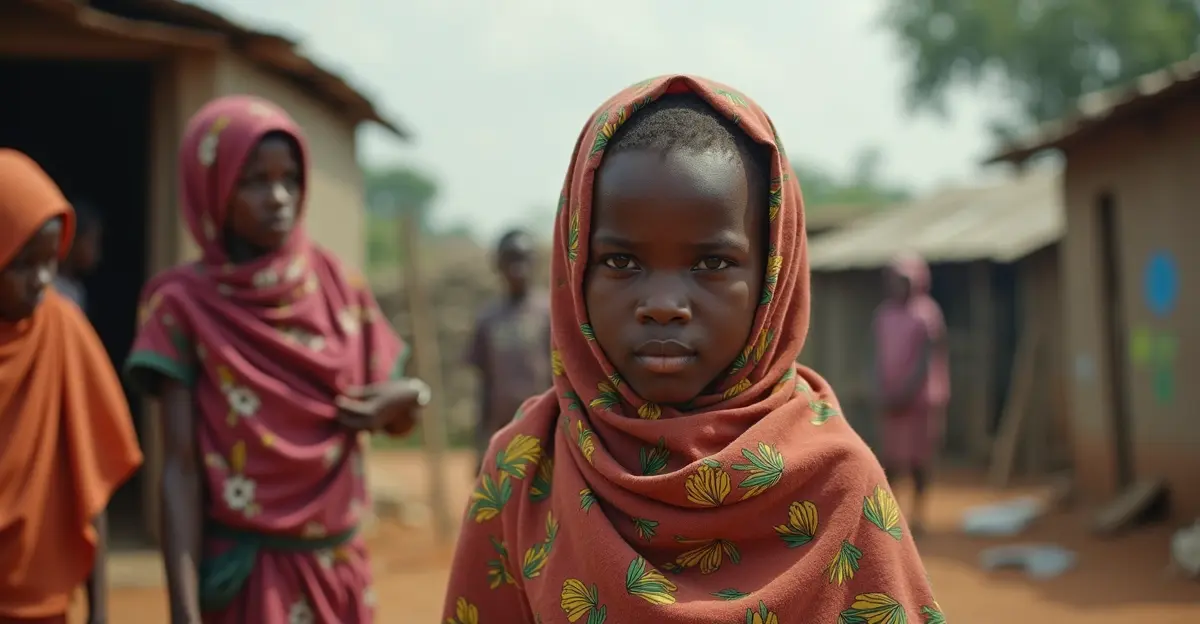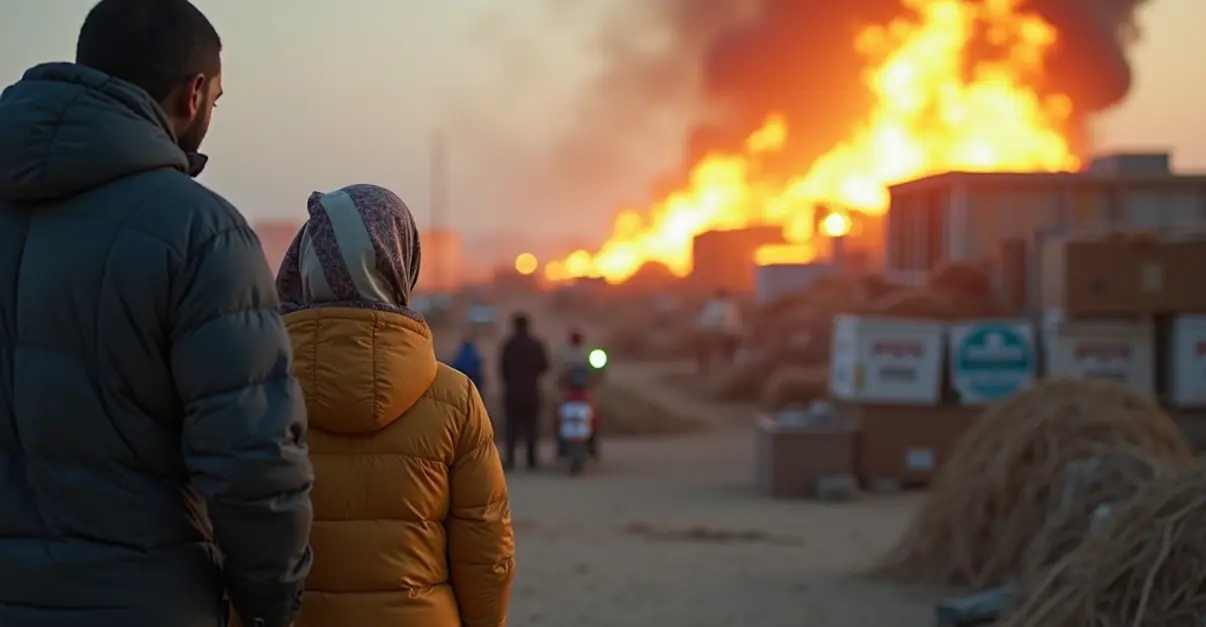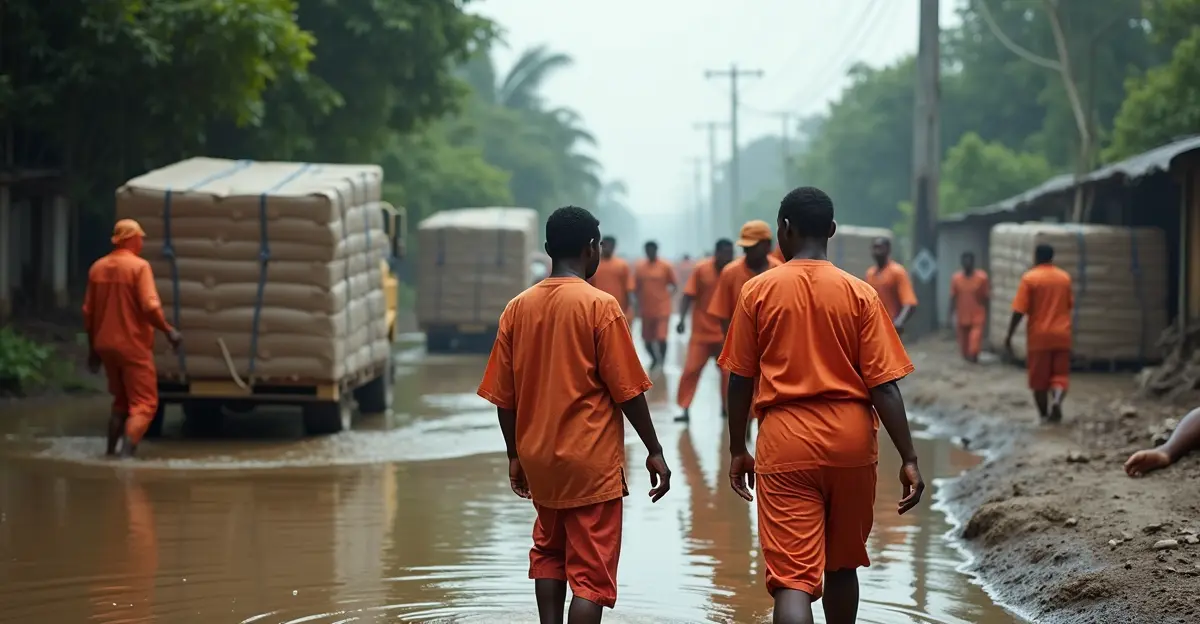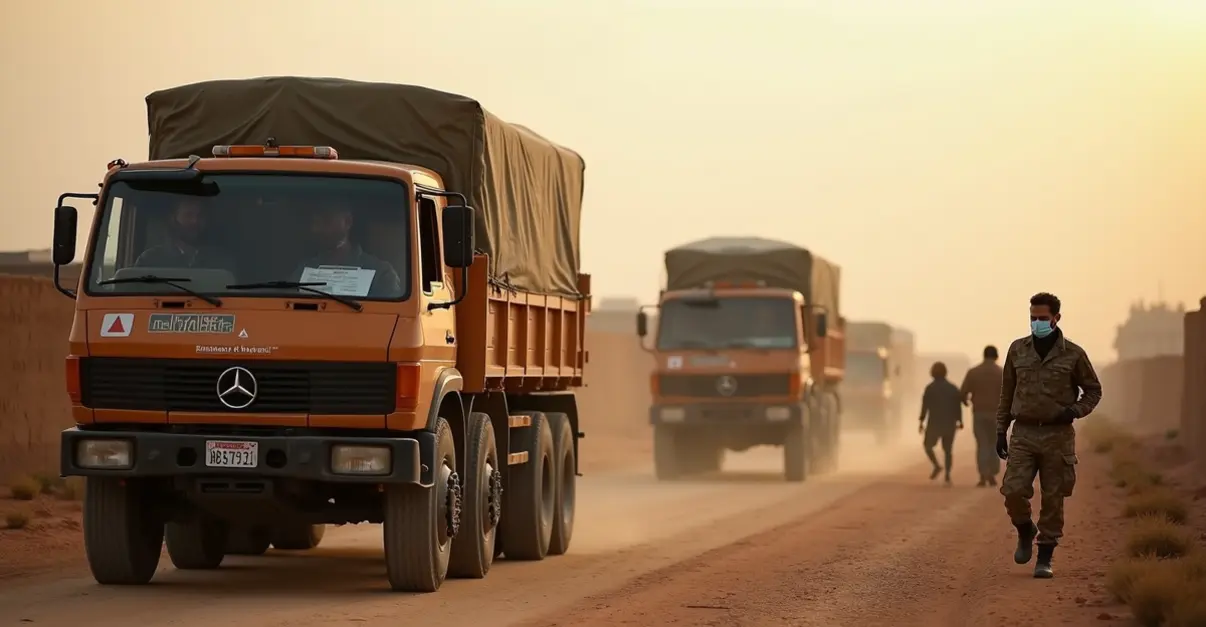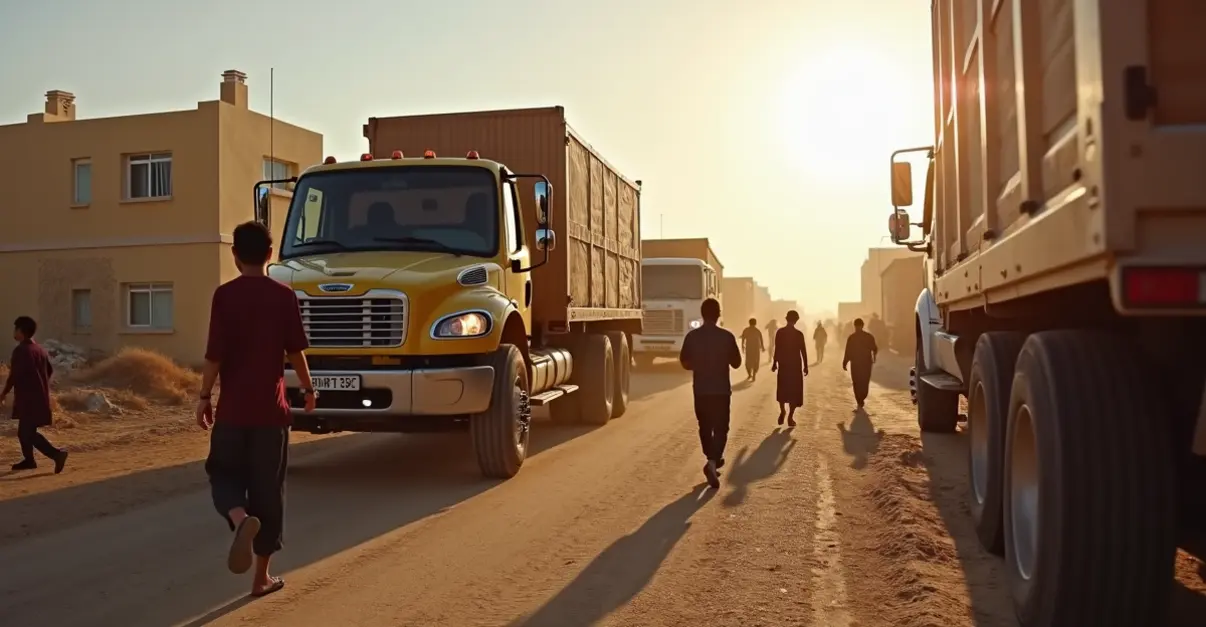Humanitarian corridors face security and logistical challenges amid funding cuts and political obstacles. New targeting methods and digital solutions emerge as organizations adapt to serve 181 million people in need.
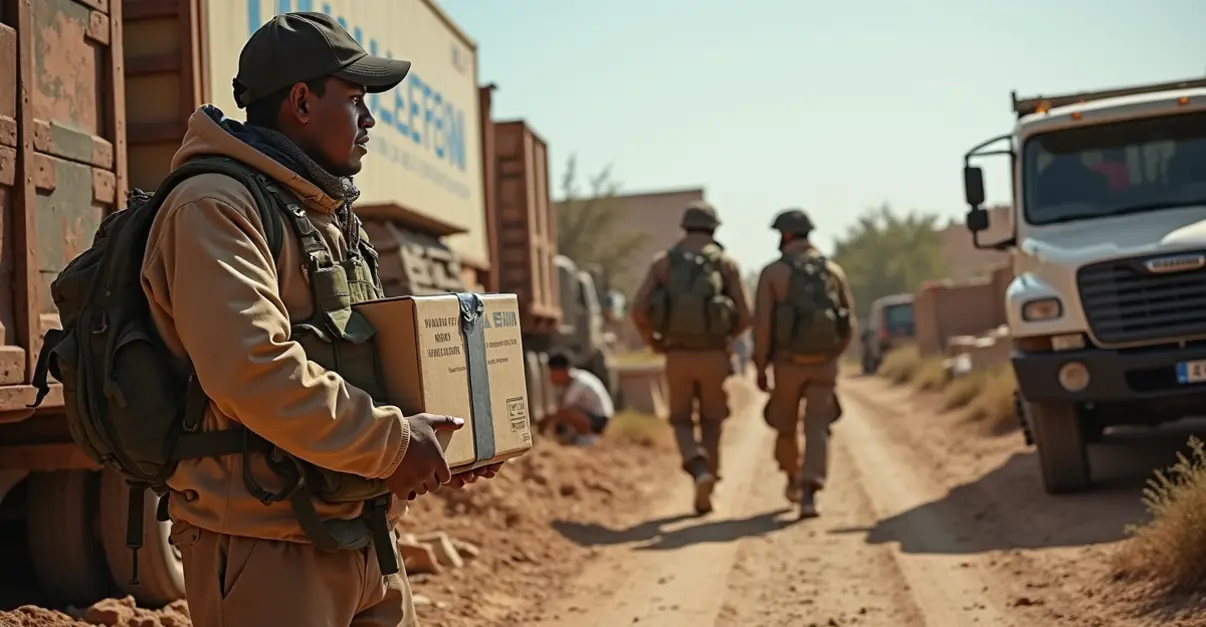
Humanitarian Access in Crisis Zones
Humanitarian corridors, designed to provide safe passage for aid delivery in conflict zones, are facing unprecedented challenges in 2025. As global humanitarian needs reach critical levels with 181 million people requiring assistance across 72 countries, the logistics of getting aid to those most in need have become increasingly complex. 'We are witnessing a perfect storm of funding cuts, security threats, and political obstacles that threaten to undermine decades of humanitarian progress,' says Maria Rodriguez, Director of Emergency Operations at the International Rescue Committee.
Security Negotiations Stalled
Recent diplomatic efforts to establish humanitarian corridors have encountered significant setbacks. According to Reuters sources, negotiations between Israel and Syria have stalled over disagreements concerning humanitarian access routes. This impasse reflects broader challenges in securing safe passage for aid convoys amid ongoing conflicts. The situation in Gaza exemplifies these difficulties, where despite international pressure, aid distribution remains hampered by security concerns and political tensions.
Logistical Hurdles Intensify
The humanitarian supply chain crisis has reached alarming proportions. As highlighted in the August 2025 Global Humanitarian Overview, only 19% of the required $45.48 billion has been funded, representing a 40% decrease compared to the same period last year. 'The funding gap is not just about money—it's about lives,' notes Dr. Ahmed Hassan, a senior analyst at the UN Office for the Coordination of Humanitarian Affairs. 'When we can't secure corridors or protect aid workers, the most vulnerable pay the price.'
Beneficiary Targeting Evolves
Humanitarian organizations are adapting their targeting methodologies to address changing needs. The concept of 'hyperprioritization' has emerged as a response to severe funding constraints, with the UN identifying $29 billion in urgent needs to support 114.4 million people. 'We're having to make impossible choices about who gets help and who doesn't,' explains Sarah Chen, a field coordinator with Médecins Sans Frontières. 'Digital tools and better data are helping, but nothing replaces safe physical access to communities.'
Future Outlook
The transformation of humanitarian supply chains, as discussed in the World Economic Forum's analysis, points toward increased digitalization and private sector involvement. However, these innovations must be balanced against the fundamental need for secure humanitarian corridors. As conflicts persist and climate-related disasters increase, the international community faces a critical test of its commitment to humanitarian principles. The coming months will determine whether new approaches can overcome the persistent challenges of aid delivery in high-risk environments.

 Nederlands
Nederlands
 English
English
 Deutsch
Deutsch
 Français
Français
 Español
Español
 Português
Português




